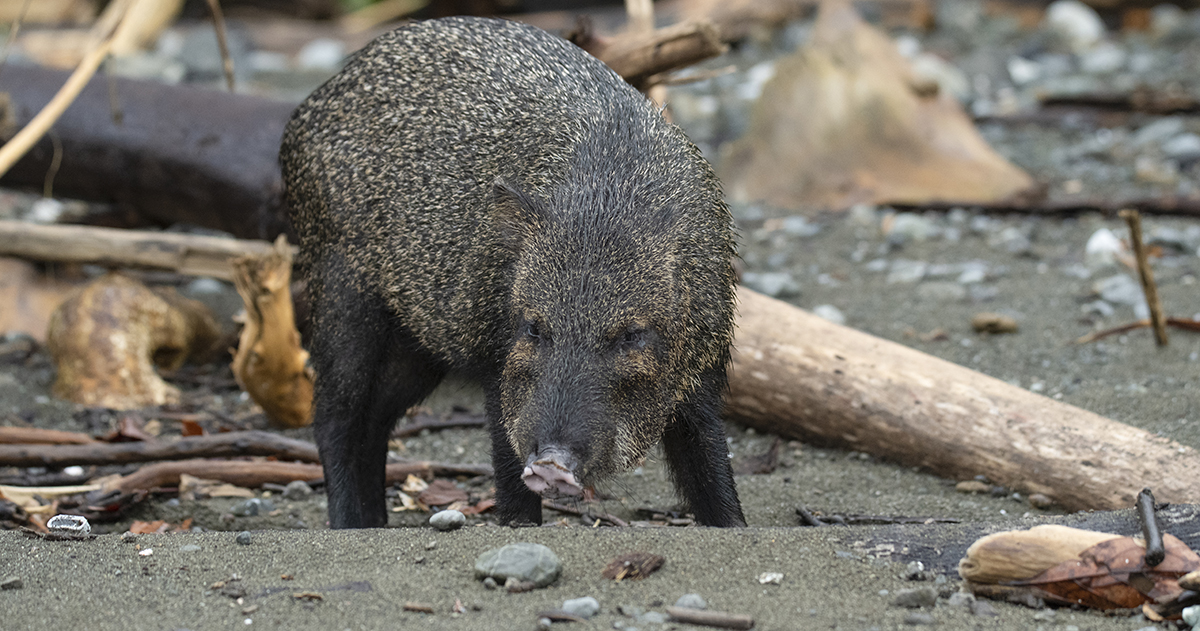Wild hogs are an invasive species in Galveston Bay and they do over a million dollars’ worth of damage each year. Some of their behaviors are affecting a very different population in Galveston – the dwindling but crucial population of oysters.
As filter organisms, oysters are ecologically as well as economically important to the greater Houston area. A UH marine biologist, Marc Hanke, is trying to determine whether the hogs have an overall positive or negative effect on oyster restoration in Galveston.
Oysters are extremely important organisms both ecologically and economically. Their numbers are dwindling, though. The excessive amount of freshwater input – rain – in Galveston Bay has changed the environment. The lack of salt in the water is making it too harsh to support the oyster population.
With this unseemly decline in oysters, their used shells are collected from area restaurants by the Galveston Bay Foundation. After the shells are dried in the sun for three to six months, the shells go back into the bay. The oyster larvae attach and grow, start new reefs and eventually replenish the supply. But there’s a hitch – wild hogs have found the site where the oyster shells are dumped to be cured in the sun. “When the truck pulls up to unload the oysters,” said Hanke, “it’s like a dinner bell for the hogs.”
Around Bay Area Boulevard and Red Bluff lies the site for the oyster shell curing. The intense Texas climate kills the pathogens and stops the transmission of disease from the shells. When the wild hogs began showing up to eat the remaining oyster tissue, and potentially the dermo, or Perkinsus marinus, on the oyster shells, Hanke was concerned. Were these sometimes 400-pound beasts helping or hurting the process of drying out the shells?
Hanke decided that they would monitor the situation – with the help of night-vision cameras, the hogs’ behavior is being studied carefully. The most important aspect is that the digestive enzymes in the hogs’ mouths have a lower pH. This may facilitate the removal of dermo from the shells more quickly, which would ultimately mean the oysters could be replenished in a much quicker fashion.
Hanke is not sure what the study will yield, but the addition of hogs into his marine study of oysters was a surprise, to say the least.
Image: Getty Images/iStock/Patrick Gijsbers
